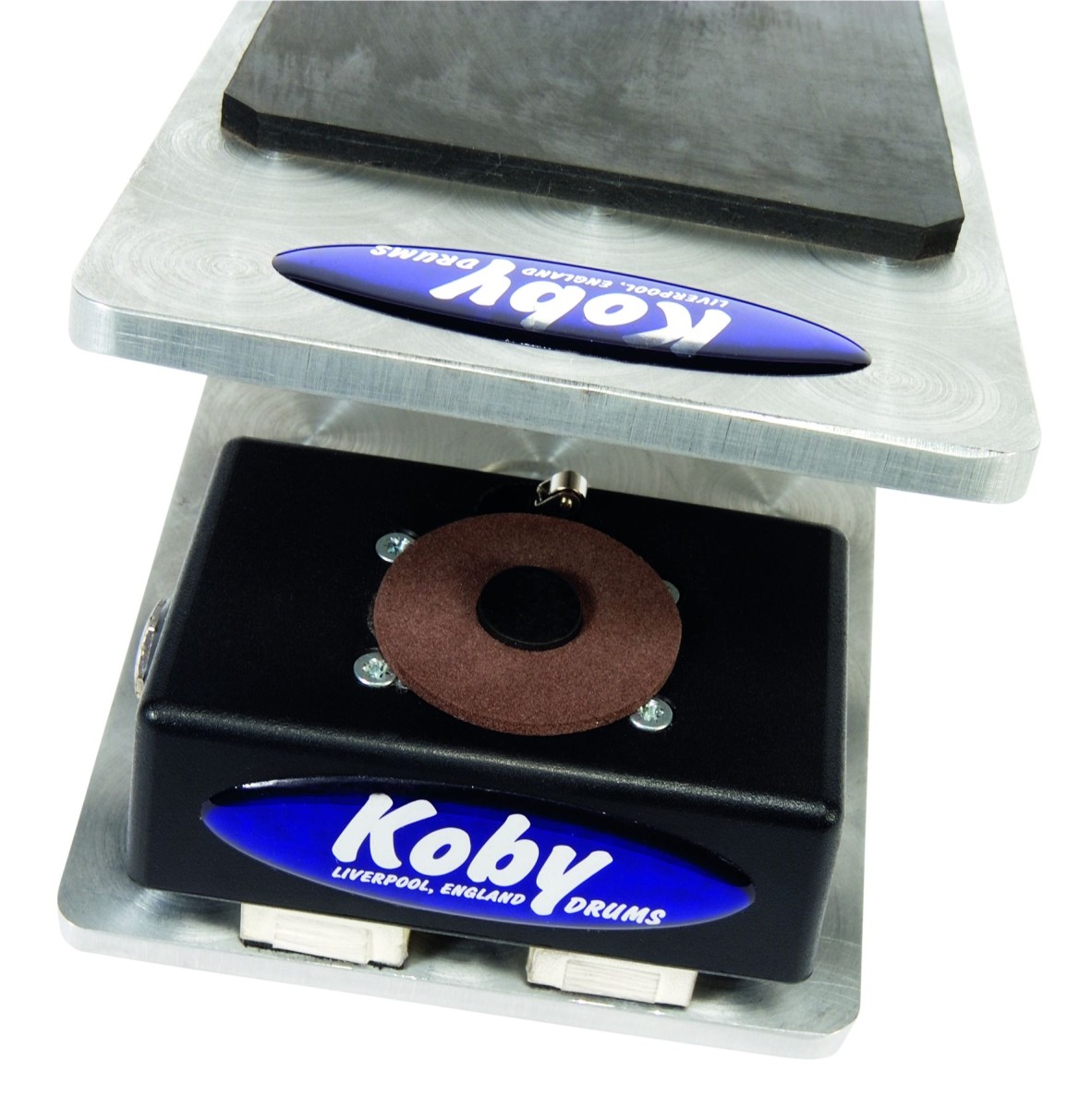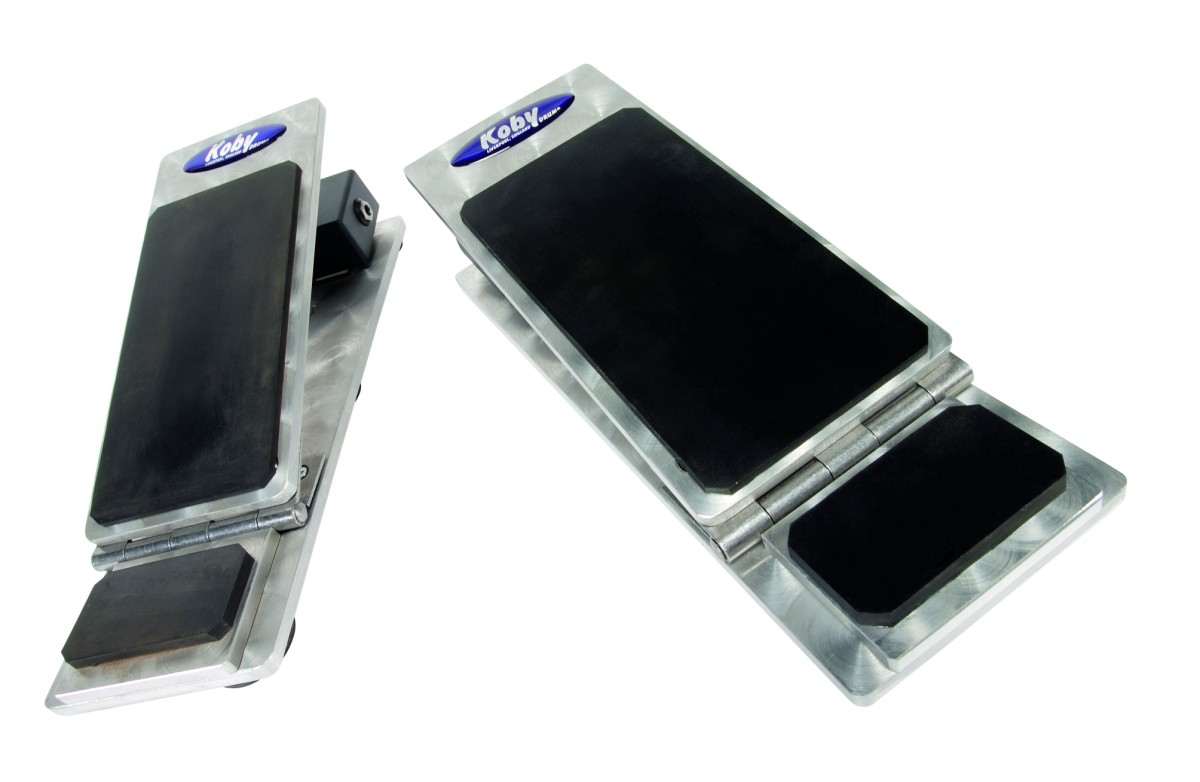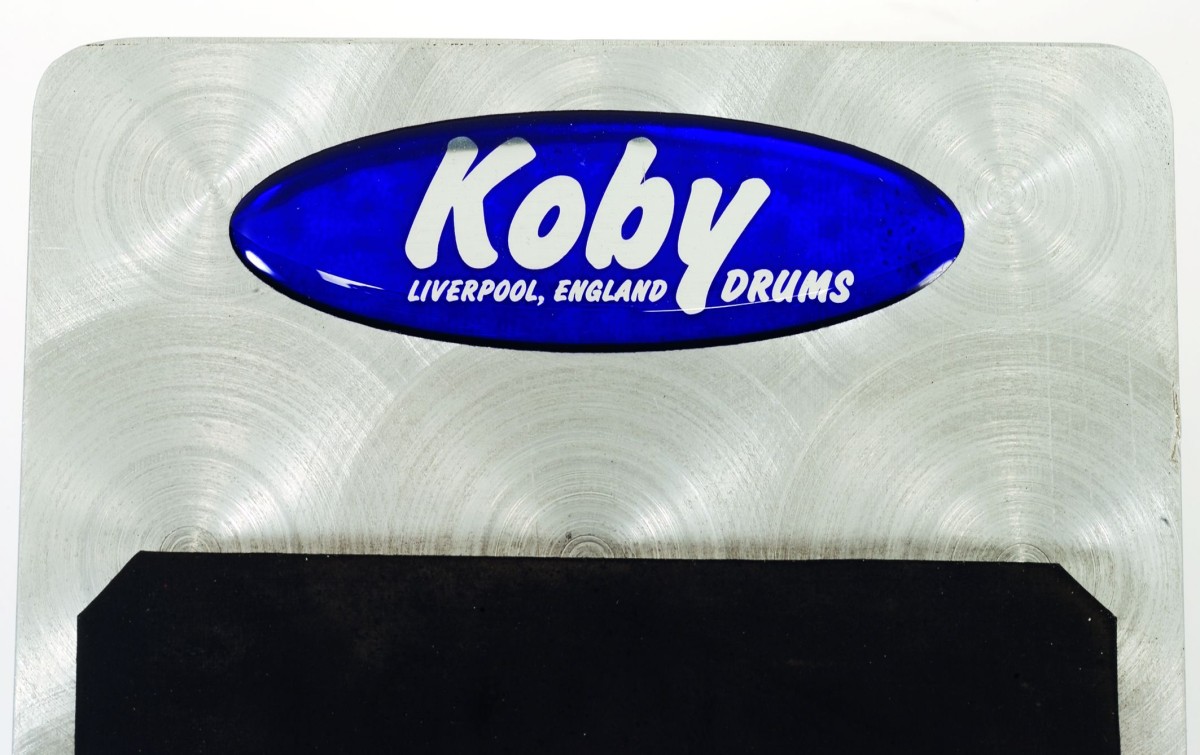MusicRadar Verdict
Easy to use and confidence-inspiring in terms of construction quality, Koby's pedals are a sensible addition to the company's portfolio and a very viable proposition for those looking to add electronic kick and hi-hat sounds to their arsenal. A great advantage of pedals like this is the fact that they take up a relatively small amount of space - considerably less than adding a kick pad with regular pedal for example.
Pros
- +
Well built, ease of operation.
Cons
- -
There are some issues with double triggering.
MusicRadar's got your back



Such has been the advance of electronic percussion that drum trigger pads are part and parcel of many a drummer´s arsenal. Check out kits belonging to any big pop or r´n´b player and there, snuggled among the usual acoustic fare, will be a couple of rubber or mesh-head pads.
Whether they are used to access single shot sounds - distinctive snares or ethnic percussion sampled from the artist´s current album - or to start and stop complete breakbeat-style loops, pads are indispensable these days. In fact, we´re probably pretty blase about them. But what about trigger pedals?
Languishing out of view on the floor, they´re an overlooked option for many players not using a full electronic kit. But their addition to an acoustic/electronic hybrid makes a lot of sense. As much as classic electronically-derived snares, the solid, unchanging thump of a 909-style kick drum is the foundation of much dance and hip-hop stuff today. The only way to get such a sound is to trigger it - nothing you do to an acoustic kick drum is going to cut it.
Full metal racket
There are pedals available from Yamaha and Roland, but the UK´s own electronic experts Koby stepped into the arena with two pieces of footwear. Supplied as part of the company´s own Kustom, Kombi and Kompact electro kits, the pedals can also be used in conjunction with any standard module using 1/4" jack plugs as trigger inputs, so they will slot into pretty much whatever you have…
Koby has always done a good job of producing good-looking pads and racks without the vast research and development budgets of the big boys, and although there´s a distinctly homegrown look to the pedals here, they impress with their Hummer-like chunkiness. The baseplates and footplates are hewn from plate aluminium no less than 6mm thick and joined with a huge hinge at the heel end.
In terms of construction the pair are virtually identical, the only difference is in the way in which they respond under your foot - one is built for a firm, robust feel, and the other delivers a lighter playing experience. Each of the pedals relies on a heavy duty spring to return the footplate to the ‘off´ position - the firmer pedal has its spring positioned toward the front of the plate, beneath where the ball of your foot rests. The lighter option has a much shorter spring that is situated only a couple of inches to the front of the hinge.
Want all the hottest music and gear news, reviews, deals, features and more, direct to your inbox? Sign up here.
Switching sounds
Hidden away underneath the footplates are the various components that make the pedals work, and they are a fairly simple collection of bits and pieces. A black switch box (with a 1/4" output socket on its right-hand side) is fixed at the end of the baseplate, which is operated - when the footplate is pressed - by two rubber pads on the facing surfaces coming into contact.
There is also a little protruding metal arm on the top of the box. According to Koby´s Colin Schofield the switch mechanism is out of circuit until the footplate presses down on this roller-topped arm, to prevent signals being triggered by energetic band members jumping around during gigs, etc.
When hooking up to a trusty Roland TD-3 brain module, neither pedal presented any set-up problems at all. It is one of the advantages of electronic kits using such simple connections as analogue 1/4" jacks and sockets rather than MIDI channels to trigger sounds. It´s all plug-and-play stuff.
The pedals feel pretty good to play too. They are clearly nothing like playing ‘the real thing´, but then they are not designed to replicate the feel of your regular gear. If you want to trigger sounds with something that feels like your favourite kick pedal, then buy a Koby mesh head kick drum pad and use your pedal on it. Easy.
Trigger happy
The only slight glitch we encountered when using the pedals was the occasional ‘double trigger´ of sounds. Keeping the pressure applied to the footplate once the pedal had triggered the sound (as you would do if you were accustomed to ‘burying´ the beater in the bass drum head) sometimes resulted in a second triggering occurring when pressure was released again. It is entirely possible that your own favoured module would allow you to dial sensitivity accurately enough to reduce the problem, and even eliminate it, and those with a lighter, not to say more refined, foot technique may well avoid such a situation altogether.
MusicRadar is the number 1 website for music makers of all kinds, be they guitarists, drummers, keyboard players, djs or producers...
GEAR: We help musicians find the best gear with top-ranking gear round-ups and high- quality, authoritative reviews by a wide team of highly experienced experts.
TIPS: We also provide tuition, from bite-sized tips to advanced work-outs and guidance from recognised musicians and stars.
STARS: We talk to musicians and stars about their creative processes, and the nuts and bolts of their gear and technique. We give fans an insight into the actual craft of music making that no other music website can.
